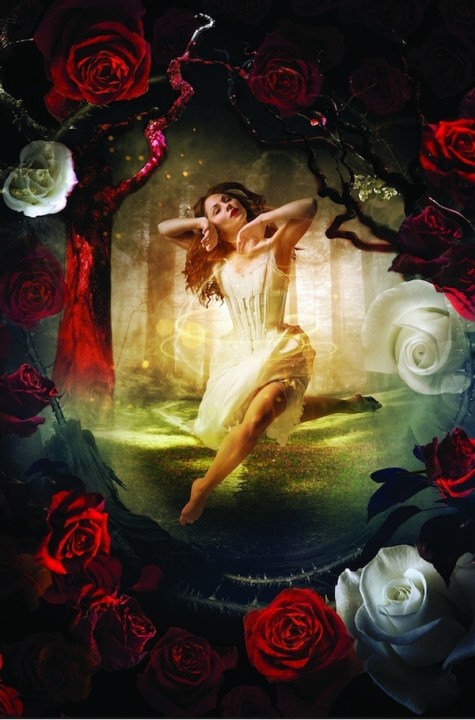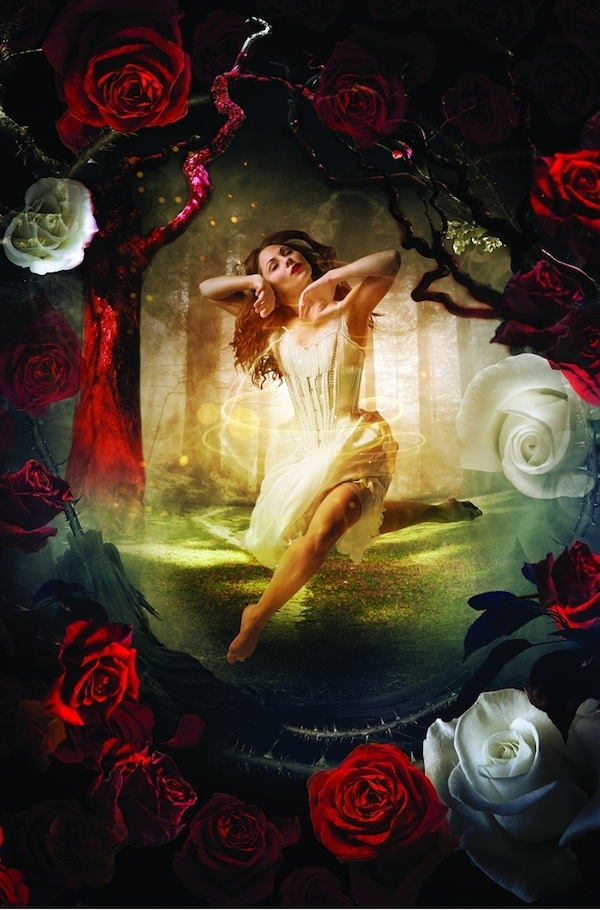While most theatres brace themselves for the annual invasion of prancing Nutcrackers and flying snowmen, Sadler’s Wells offers something that is mercifully not as sugary. Never-ending love and magic kisses might be at the core of Matthew Bourne’s long-awaited take on Sleeping Beauty — aptly subtitled ‘ A Gothic Romance’ — but there are also bites of the Twilight saga genre, demonic creatures and a fair amount of gender-bending. Odd as it may sound, it all works to absolute perfection, contrary to what some Jurassic highbrows might like to think.
Of the Tchaikovsky ballet trilogy, it’s true that Beauty is the one that never lent itself to any memorable revisitation, even though some of the greatest dance-makers — John Neumeier, Roland Petit, Mats Ek and Christophe Maillot — have had a go. Unlike Swan Lake and Nutcracker, which offer endless readings of their multilayered plots, Beauty remains what it was originally intended as: a splendid example of late 19th-century court ballet, celebrating the splendour of a fading absolutist state. As such, it suffers from an uneven dramatic structure to accommodate the many impressive numbers that are present. It matters little if the storyline is linked to ancient archetypes, as fairy-tale supremo Bruno Bettelheim carefully illustrated. The ballet libretto is but a pale reflection of Perrault’s original writing, edited to suit the political demands, censorship and propaganda of Imperial Russia. Yet what the ballet lacks in dramaturgy, it makes up for in its resplendent score. And Bourne has a unique talent for making great music the starting point of his equally unique storytelling. This new Beauty is a sparkling compendium of such abilities, and a reading in which all the pitfalls encountered by other dance-makers are cleverly bypassed through bold, though never gratuitously irreverent or arbitrary choices.
As soon as the curtain goes up and a rather mischievous baby princess crawls around the floor, we know we are in for a super treat. There is humour and there is pathos, there are accessible in-jokes and refined quotations. Little matter that three of the six good fairies are males, that a tennis match takes place amid waltzing Edwardians at the princess’s birthday and that there are bare-torsoed guys among the wood nymphs in the ‘vision scene’, sporting what might have been fashionable underwear in 1911 — the year the princess goes to sleep.
Tchaikovsky’s intoxicating music comes magically to life through Bourne’s theatrical inventiveness and, above all, richly textured choreography. Even when the action seems to edge dangerously on repetition and stagnation, Bourne rescues things with twists and unexpected ideas. This is the case during the whole third act — traditionally an endless sequence of purely ornamental dances — in which the revisited action, including a black mass-like party, builds up dramatically, using the music in an originally strident and engagingly unpredictable way.
As said, there is more than just dance in Bourne’s best creations, and this one is no exception. Great theatre-making is complemented here by Lez Brotherston’s superb designs, Paule Constable’s fabulous lighting, great puppetry and, obviously, dancers/actors as one can only dream of. Not unlike Bourne’s Nutcracker, Highland Fling, Swan Lake and Cinderella, his Beauty relies on a subtle game of references, which makes the work readable and accessible to everyone. Whether you find traces of Downtown Abbey, Anastasia or Eclipse, this is a Sleeping Beauty for today, and one conceived especially for the young and for those young at heart.
Give me Bourne’s Count Lilac — his fanged equivalent of the Lilac Fairy — or his Caradoc — the darkly handsome son of the wicked fairy Carabosse — any time, and I will regain my long-lost hopes in the future of dance theatre. I loved every bit of it, and I was not alone.







Comments